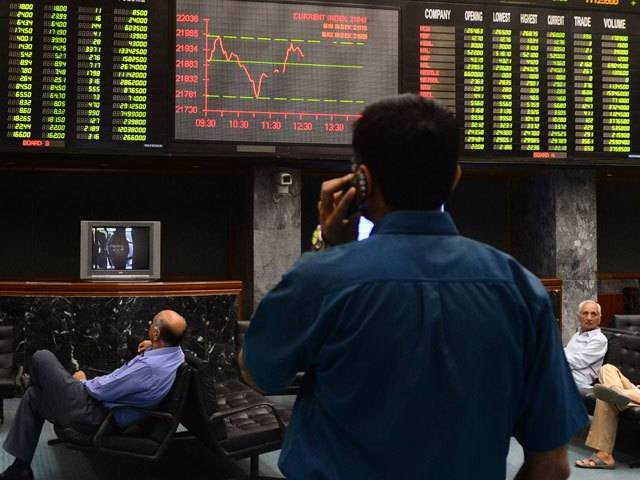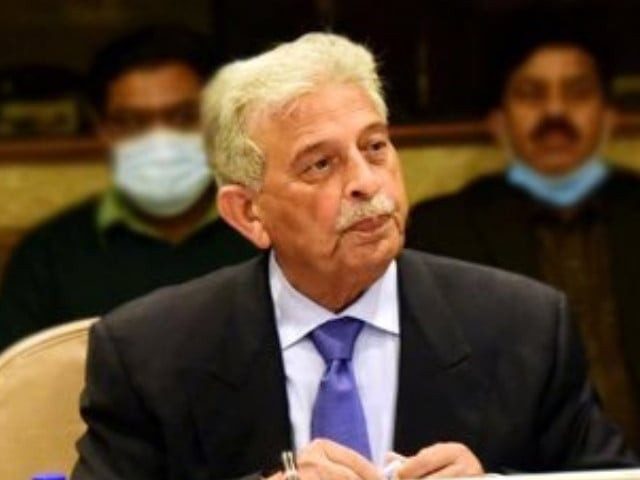In a move that could reshape India’s electric mobility and electronics industries, the Union Cabinet has approved a ₹7,280-crore scheme to manufacture rare earth permanent magnets domestically.
The scheme would facilitate the creation of integrated Rare Earth Permanent Magnet (REPM) manufacturing facilities, involving the conversion of rare earth oxides to metals, metals to alloys, and alloys to finished REPMs.
This announcement comes weeks after the Cabinet approved the rationalisation of royalty rates of graphite, caesium, rubidium and zirconium.
With the rationalisation structure, graphite with less than 80% fixed carbon content would be subject to 4% royalty of the average sale price, whilst that with 80% or more carbon content would attract 2%. Caesium and rubidium would be subject to a royalty rate of 2% on the average sale price based on the specific metal contained in the ore produced. A royalty rate of 1% would apply to Zirconium.
These decisions comes at a time when China’s export controls are squeezing global supply chains.
China’s dominance
Rare earth elements (REEs), a group of 17 minerals, are crucial for their high density, melting point and conductivity. They are moderately abundant, but hard to extract economically and sustainably.
China built global supremacy in this sector by controlling 90% of global REE processing and 70% of production, despite holding only 30% of global reserves.
In April, China imposed export restrictions on seven rare earth elements and finished magnets, in a bid to counter the trade war, and cited REEs shouldn’t be used for defence purposes.
This has hit many sectors, especially the automobile sector. “EV makers are the worst hit,” said Pranay Kotasthane, deputy director of Takshashila Institution.
In October, Beijing announced fresh export controls covering five REEs and equipment used in refining, though the implementation was deferred after U.S. President Donald Trump and Chinese President Xi Jinping met on October 30, 2025.
Though, China’s controls come amid a broader reshaping of global trade due Mr. Trump’s Liberation Day tariffs, they are not new. In 2009, Beijing imposed export quotas on REEs and it was scrapped after it lost a World Trade Organisation case brought by the U.S. and others in 2015.
“China realised that this is something which it can play in order to achieve its geopolitical, geostrategic and geoeconomic objectives. They played the same playbook in 2020 while restricting the export of graphite. In 2021, they started an export licensing plan in which they started restricting the supplies to certain industries,” Dr. Ram Singh, Professor (IB), Head (CDOE), Indian Institute of Foreign Trade, explained.
The rare earth crunch has pushed governments worldwide to assess their supply-side vulnerabilities.
Increasing domestic production
India’s focus on REEs is driven by its ambitions in electric mobility, renewable energy, electronics manufacturing and defence. These industries depend heavily on rare earth magnets and components.
The country imported over 53,000 metric tonnes of REE magnets in FY 2024–25, despite having 8% of the world’s REE reserves—mainly in monazite sands across Andhra Pradesh, Odisha, Tamil Nadu and Kerala. Yet, India produces less than 1% of global output.
To fix this, the government launched ₹16,300-crore National Critical Mineral Mission in January, with a total outlay of ₹34,300 crore spread over seven years, to achieve self-reliance. The mission focuses on exploration, processing, and recycling minerals like lithium, cobalt, and rare earths.
“The Mission has incentives for companies across all stages in the supply chain — exploration, mining, processing, and recycling. It also stresses on cooperation with other countries to secure critical minerals not easily found in India. For example, India’s monazite sands have light rare earth elements, but not heavy rare earth elements,” Mr. Kotasthane said, adding that the government must focus on securing a long-term supply of these minerals.
To boost domestic production, the government has auctioned new mining blocks and is inviting private companies to participate in exploration and processing, a segment that was reserved for public sector companies like IREL (India) Ltd.
“This sector was closed to the private sector until August 2023 and hence this is a new domain. China’s restrictions will help generate interest among private players,” Mr. Kotasthane said. However, points out that only a handful of exploration licences were handed out. “The stumbling block is government regulations and control. Deregulating all segments of this supply chain, fast-tracking environmental regulations, and funding exploration projects to reduce information asymmetry is crucial,” he said.
India is also pursuing deals with multiple countries, including Canada, Australia, Chile, Peru, and African nations to secure supply chains.
Dr. Singh cautioned that India still lacks refining infrastructure, skilled labour and innovation capacity. He also pointed out that domestic manufacturing would take years to take off given the long gestation period. “Only larger private companies can afford to do this, smaller ones might shift their plants to China and import finished components,” he said.
“The good thing is that India isn’t in a particularly bad position,” Mr. Kotasthane said, pointing out that India’s monazite sands have several light rare earths, including Neodymium, which are used in magnets. “Several companies have plans to substantially increase capacity in the rare earth magnet recycling space from end-of-life electronic devices and appliances,” he added.
A case study from Japan
The current crisis mirrors the one Japan faced in 2010, when China stopped exporting these minerals after a diplomatic row following the arrest of a Chinese fishing boat captain whose vessel collided with two Japanese coastguard vessels off Senkaku islands in the East China Sea.
The sudden cutoff sent Japan’s auto and electronics industries into a tailspin, as the country imported nearly 90% of its REEs from China.
Tokyo responded swiftly. In just over a month, it approved a budget of JPY100 billion ($1.2 billion at the time) to develop technology, expand recycling, and invest in rare earth mines abroad, including in Australia. Japan also began stockpiling critical minerals to cushion future shocks.
With this approach, Japan cut its dependence on China for its supply from 90% in 2010 to 60% in 2024.
So far, India is taking a similar approach diversifying suppliers, building domestic capacity and investing overseas. With global scrutiny on China’s dominance, countries are actively seeking alternative supply chains. New Delhi’s success hinges on moving rapidly.




